How to Connect a Laptop to a TV
Connection basics
Determine the laptop's video output port. There are many types of output ports and it is possible that your laptop is equipped with more than one type. Although sometimes located on the sides, they are usually located on the back panel of the laptop. If you plan to connect your MacBook to your TV, refer to the device's specific instructions.
The VGA port is almost rectangular in shape with 15 pins distributed in 3 rows. That is the port used to connect the laptop to the docking station.

The S-video port is circular with 4 or 7 pins.
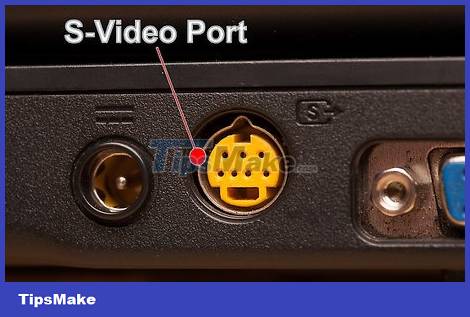
The AV port is a circular jack, usually denoted by yellow.
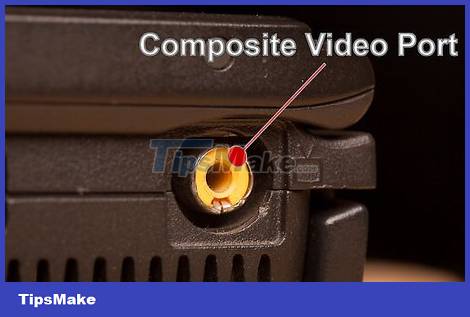
The digital video signal interface (DVI) is rectangular in shape with 24 pins evenly distributed in 3 rows. It is designed to be used for high resolution connections.
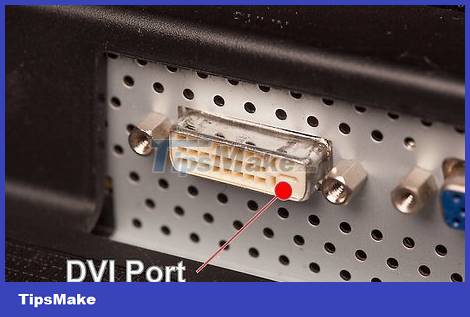
The high-definition multimedia interface (HDMI) port looks similar to a USB port but is longer and thinner. Appearing on laptops since 2008, this port is also used for high-resolution connections.
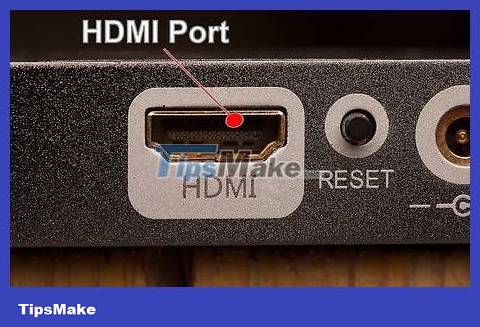
Determine the type of video input port of the TV. Depending on whether it is a standard TV or an HD TV, your TV will be equipped with certain types of video input ports. The video input port is usually located on the back of the TV. However, in some cases, it can also be on one side.
Standard TVs have AV ports or S-video ports. However, the display will not be as sharp as on a regular computer screen.
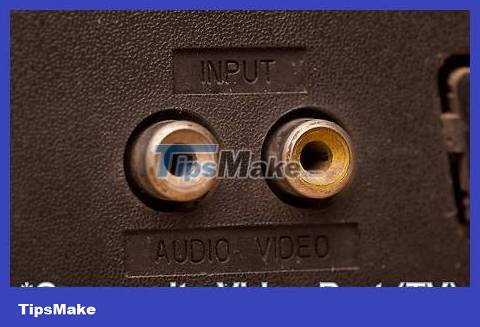
HD TVs will likely be equipped with VGA, DVI or HDMI ports. The VGA connection provides an analog signal, while the DVI and HDMI connections provide a higher quality digital signal.
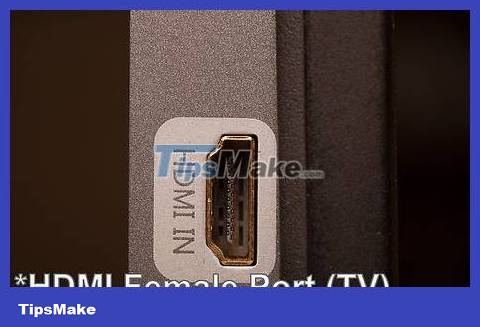
Use a suitable video cable to connect the laptop and TV. If there are multiple choices (such as VGA, S-video, and HDMI), use the highest quality connection. HDMI is the standard for laptops and newer HD TVs. Therefore, it delivers the highest quality as well as requiring the least amount of setup adjustments.
If the video output port on your laptop is the same type as the TV's input port, use a cable with the same type of connector on each end.
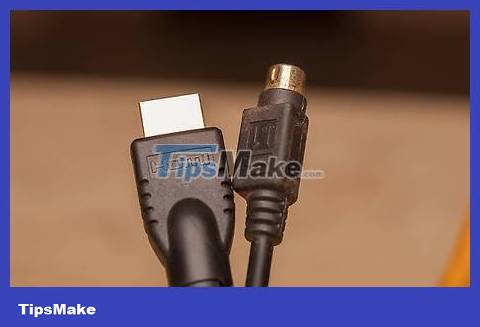
If the laptop's output port is different from the TV's input port, you will need a converter cable. The converter is used to convert DVI to HDMI or VGA to AV format. You can also use a converter cable to connect the USB port on your computer to the HDMI port on the TV if your laptop does not have an HDMI port. Converters often lead to loss in image quality, especially with waveform signals. Therefore, if possible, do not use them.
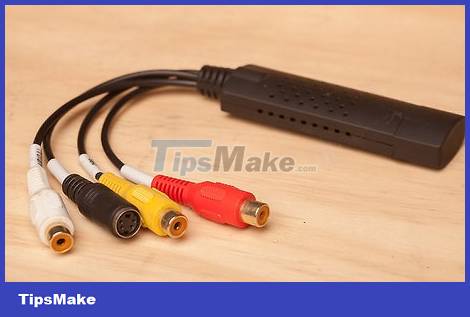
Although branded HDMI cables are often priced very high, nearly all types of HDMI cables are capable of sending signals to the TV without losing quality.
If necessary, use an additional audio cable. While some computers and HDTVs allow you to connect your laptop to the TV's audio and video components with just one cable, most require separate audio and video cables.
If you connect your laptop to your TV via the HDMI port, you don't need an audio cable because HDMI transmits both audio and video signals. Any other connection type requires a separate audio cable.

The laptop's audio output port is a 3.5mm jack marked with a headphone icon. You can connect an audio cable from here to your TV's audio-in jack (if you have one) or a set of external speakers (if your TV doesn't have an audio-in jack).
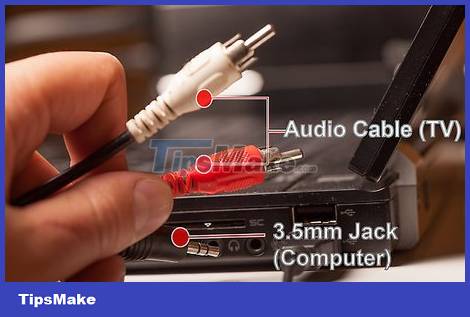
When connecting the audio cable, make sure you connect it to the audio port that corresponds to the video input port.
Connect laptop to TV

Turn off the laptop. With older connections, you should turn off your laptop when connected to the TV. As for HDMI connections, there is no need to do that.

Connect the video cable from the laptop's video output port to the video input port on your TV.

Select the appropriate input signal for the TV. Most TVs have input connectors marked to match the TV's input signal options. Switch to using an input signal that matches the connection to your laptop. Refer to the TV's user manual if necessary.
You need to turn on the TV for the computer to recognize the TV as a display device.
Turn on the laptop. At this time, there will be differences in the operation of displaying images on TV between different devices. With some devices, the image will be displayed immediately on the TV or displayed simultaneously on both screens. Others require you to do more work.
Display images on TV. Many laptops have a 'Display' key that is used via the Fn (Function) key. This key will help you switch between available display options one by one. You can display identical content on both screens or only display on one screen (laptop or TV).
Windows 7 and 8 users can press the Windows + P key combination to open the Project menu and select the display.
If any of the above options do not work, right-click on the screen and select Properties/Screen Resolution. Use the 'Multiple displays' menu to choose how the picture is displayed on the TV.
Adjust the screen resolution if necessary. The resolution of laptops and TVs is often inconsistent. This is especially true of older TVs. Right-click on the computer screen, select Properties/Screen Resolution and select the screen whose resolution you want to change.
Most HD TVs can display up to 1920 x 1080, although some are limited to 1280 x 720. Both have an aspect ratio of 16:9 (widescreen).
If the image is blurry or unclear, you may have to temporarily disconnect the laptop and adjust the resolution before reconnecting it to the TV. To switch between active displays, the laptop needs to have the same resolution as the TV.
Adjust the TV's magnification level. Some TVs will try to adjust to different aspect ratios by zooming in on the picture. If you notice the screen is clipped at the edges when watching TV, check your TV's settings to make sure magnification isn't turned on.
 Why does the TV freeze and the picture is noisy? 12 easy fixes
Why does the TV freeze and the picture is noisy? 12 easy fixes How to Install and Set Up a Free Satellite TV System
How to Install and Set Up a Free Satellite TV System How to Install a Comcast Cable Box in the US
How to Install a Comcast Cable Box in the US How to Program a Dish Network Remote
How to Program a Dish Network Remote How to Clean Fingerprints and Dust on Samsung QLED TV
How to Clean Fingerprints and Dust on Samsung QLED TV How to Hang a Flat Screen TV
How to Hang a Flat Screen TV